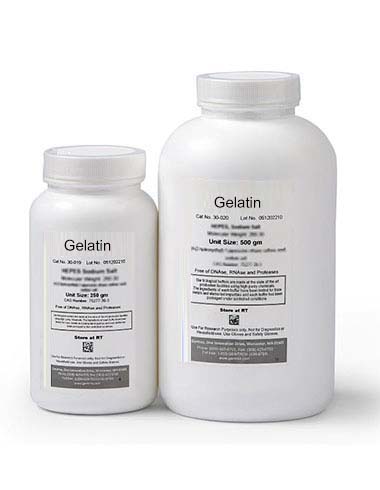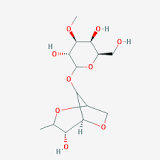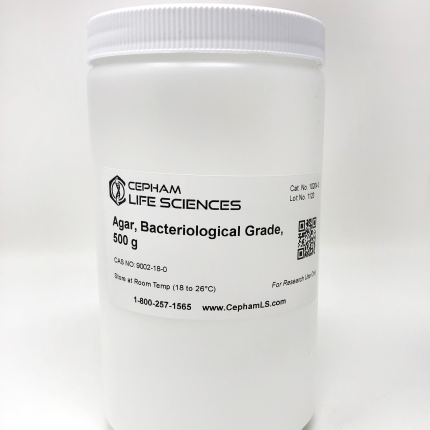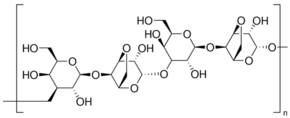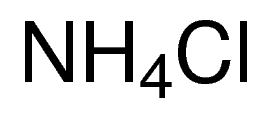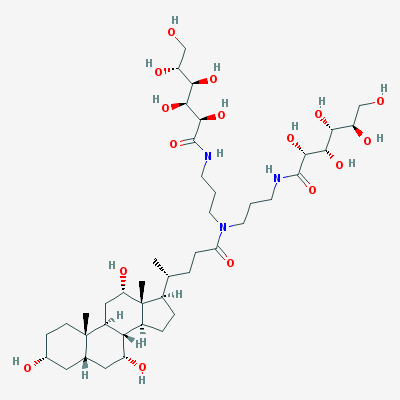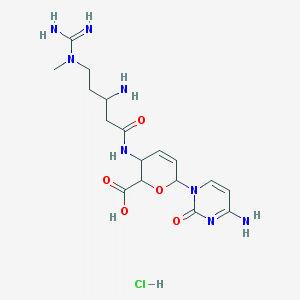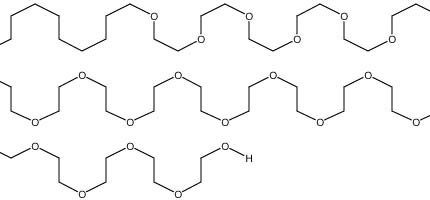General description
Gelatin is present in collagen as a heterogeneous mixture of water-soluble proteins of high average molecular weights. The protein extraction is performed by boiling skin, tendons, ligaments, bones, etc., in water. Type A gelatin is derived from acid-cured tissue and Type B gelatin is derived from lime-cured tissue.
Application using gelatin includes coating cell culture plates to improve cell attachment for a variety of cell types, addition to PCR to help stabilize Taq DNA polymerase, and use as a blocking reagent in Western blotting, ELISA, and immunohistochemistry. In bacteriology, gelatin can be used as a component of culture media for species differentiation. Additionally, as a biocompatible polymer, gelatin has been used as a delivery vehicle for the release of bioactive molecules and in the generation of scaffolds for tissue engineering applications. Industrial application includes the use of gelatin as a stabilizer, thickener, and texturizer in foods and in the manufacture of rubber substitutes, adhesives, cements, lithographic and printing inks, plastic compounds, artificial silk, photographic plates and films, matches, and light filters for mercury lamps. In the pharmaceutical industry, gelatin is used as a suspending agent, encapsulating agent, and tablet binder; and in veterinary applications it is used as a plasma expander and hemostatic sponge.
Synonym: Gelatina
CAS No.: 9000-70-8



